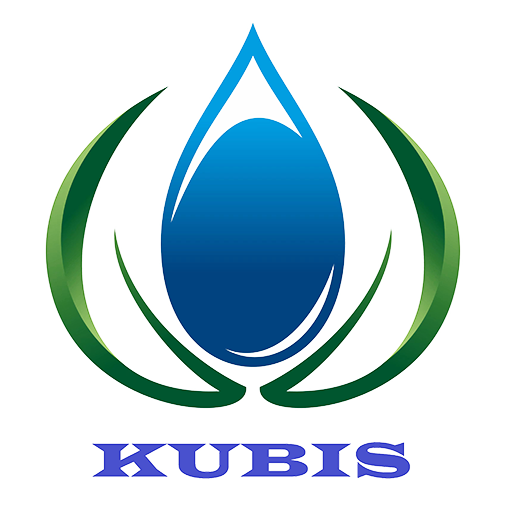Tianjin, CHINA –April 9, 2024 – KUBIS TECH LTD, a leading manufacturer of industrial rollers, today announced a significant breakthrough in rubber straightening roller technology. After four months of rigorous testing and development, the company has successfully resolved issues related to yield strength, signal anomalies, and signal-to-noise ratio (SNR) in its new line of rubber straightening rollers. This breakthrough paves the way for the widespread adoption of rubber straightening rollers as a cost-effective and efficient alternative to traditional metal straightening rollers.
“We are incredibly excited to share this news with our customers,” said Li , general manager at KUBIS TECH LTD “This breakthrough marks a major step forward in the development of rubber straightening roller technology and has the potential to revolutionize the straightening industry.”
Traditional metal straightening rollers are often expensive and prone to wear and tear, which can lead to downtime and reduced production efficiency. Rubber straightening rollers, on the other hand, offer several advantages, including lower cost, longer lifespan, and reduced noise levels. However, until now, rubber straightening rollers have been limited in their application due to challenges related to yield strength, signal anomalies, and SNR.
KUBIS TECH LTD's new line of rubber straightening rollers addresses these challenges head-on. Through extensive testing and refinement, the company has developed proprietary techniques that significantly improve the yield strength, signal stability, and SNR of its rubber straightening rollers. This means that rubber straightening rollers can now be used in a wider range of applications, including those that were previously considered too demanding for rubber rollers.
The successful development of these new rubber straightening rollers is a testament to KUBIS TECH LTD's commitment to innovation and customer satisfaction. The company is confident that its new products will provide customers with significant cost savings, improved production efficiency, and reduced downtime.
